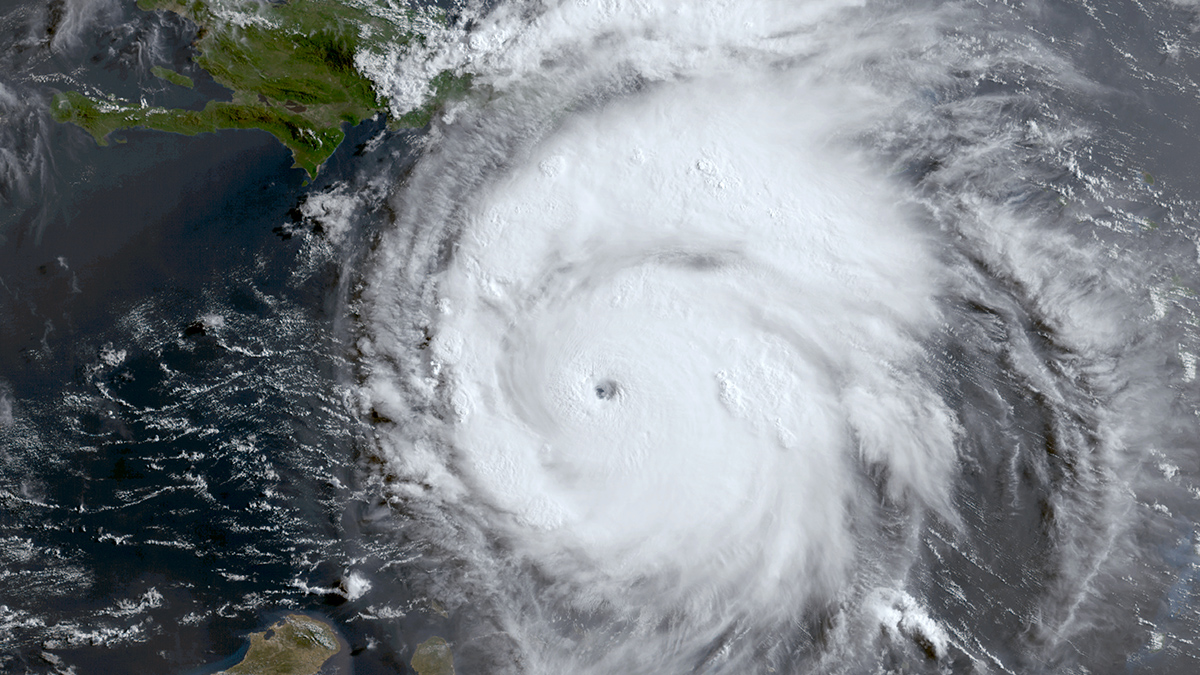Source: Journal of Geophysical Research: Machine Learning and Computation
Long-term weather forecasting is a difficult task, partly because weather systems are inherently chaotic. Though mathematical equations can approximate the underlying physics of weather, tiny inaccuracies that grow exponentially as a model progresses in time limit most physics-based forecasts to 2 weeks or less.
Estimated values called parameters, which are used to represent the effects of specific physical processes, are important ingredients in these equations. Parameters are inferred by physical data and affect model outcomes by, for example, multiplying or giving different weights to measurements of temperatures, winds, or other factors.
In recent years, artificial intelligence (AI)–based models such as GraphCast and FourCastNet have transformed weather prediction with their ability to learn from large amounts of weather data and produce highly accurate predictions of future weather. However, AI-based models typically contain tens of millions to hundreds of millions of parameters that do not directly translate to underlying physical processes. Because these parameters are not interpretable by researchers, such AI models make only limited contributions to the scientific understanding of weather.
Minor et al. address this limitation by demonstrating the capabilities of a Weak form Scientific Machine Learning (WSciML) algorithm known as Weak form Sparse Identification of Nonlinear Dynamics (WSINDy). Like other AI methods, WSINDy learns from data. But instead of using a highly parameterized approach, it discovers mathematical equations that represent complex, real-world physical processes, such as how air pressure, density, and vorticity interact to determine wind speed and direction.
The researchers applied WSINDy to both simulated and real-world turbulent atmospheric fluid data, which include measurements of temperature, pressure, and wind speed. WSINDy used the artificial data to identify the known equations from the simulation. Most important, WSINDy was also able to successfully identify the governing equations of the known atmospheric physics from a global-scale set of assimilated data incorporating real-world weather observations.
These findings suggest that WSINDy could not only aid in weather forecasting but also help uncover new physical insights about weather, the researchers say. They also note that WSINDy is especially well suited for application to data with high levels of observational noise.
However, further work will be needed to refine WSINDy so it can identify more accurately certain kinds of known atmospheric equations, such as realistic models for atmospheric wind, the researchers say. The algorithm is also being explored for use across a wide range of other scientific areas, including unexplained phenomena in fusion, population behaviors driving epidemics, and communication between cells that leads to collective motion in wound healing. (Journal of Geophysical Research: Machine Learning and Computation, https://doi.org/10.1029/2025JH000602, 2025)
—Sarah Stanley, Science Writer


